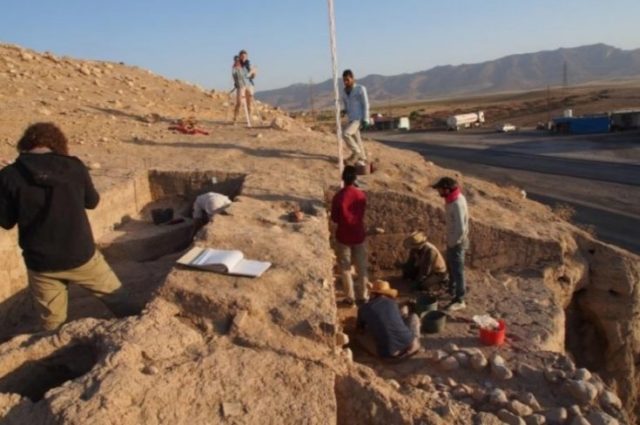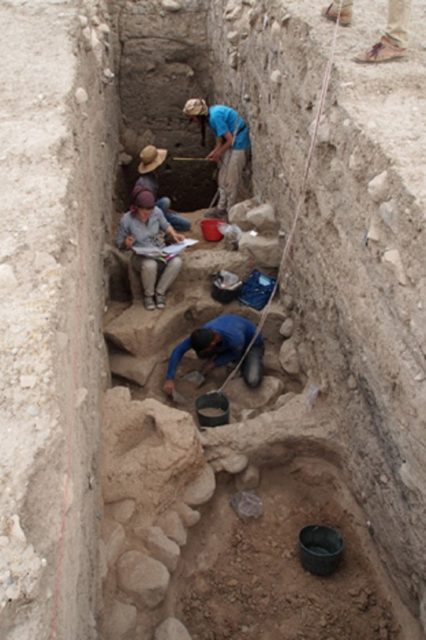The years from 2350 to 2150 BCE were the age of the Akkadian Empire, named after the capital city of Akkad.
The areas of southern Mesopotamia were divided into different political states but were soon united, by conquest, under the Semitic monarchs who lived in Akkad. The city of Akkad has not yet been discovered in any digs up to the present time.

The Semitic settlers can be traced back to a settlement of Arabian Bedouins; they spoke a language that was nothing like what was spoken by the native Sumerians. The Akkadians were ‘star gazers’ and were early astronomers, recording their observations and ideas on clay tablets using their cuneiform writing. Their civilization centered on the city of Kish and they lived peacefully next to their southern neighbors.
That all changed when King Sargon of Akkad appeared on the scene, taking over Sumner and causing Ur, Lagash, Uruk, and Umma to be annexed. By the time King Sargon died, he had ruled all the land from the Arabian Gulf to the Mediterranean Sea.
The eventual fall of the Empire is thought to have been due to massive crop failure and invasions by the Amorite and Gutian tribes. Scientists today have a theory that a massive drought, followed by enormous dust storms, caused the rapid decline of the Empire and the loss of many cities, International Business Times reported.
In August 2016, an ancient Akkadian city near the modern town of Dohuk in northern Iraq was discovered. The city is thought to have been an outpost of the Empire; it has been carbon dated as going as far back as 3000 BCE.
It has settlement layers that show how long it was occupied, and all the evidence points to it having been occupied by the Akkadians. The city has been constructed over many time periods and has been consistently built onto and altered, as ancient cities often are.

In the remains of the city, cuneiform tablets have been found that indicate there was at least one temple in the city dedicated to the Mesopotamian storm god, Adad.
The site has been recognized as a place of archaeological importance since 1975, when a piece of a bronze statue was found believed to portray the God-King Naram-Sin from the Akkadian Empire. The area that includes Bassetki will continue to be worked for a while yet, as it looks to be very rich in archaeological artifacts from the Syrian, Mesopotamian, and Anatolian Bronze Age cultures
